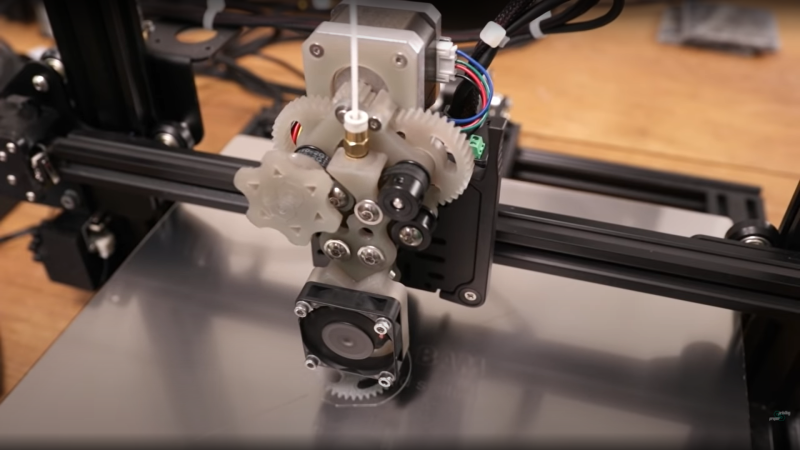Tame Your Flexible Filaments With This Belt-Drive Extruder

[Proper Printing] clearly enjoys pushing the boundaries of 3D printed materials, and sometimes this requires building custom 3D printers or at least the business end of them. Flexible filaments can …read more Continue reading Tame Your Flexible Filaments With This Belt-Drive Extruder